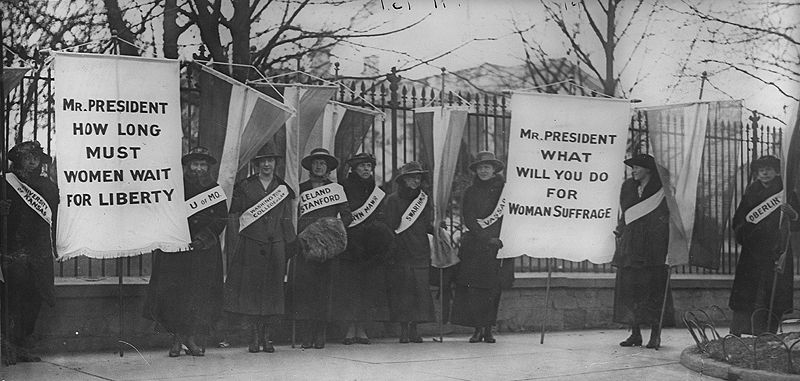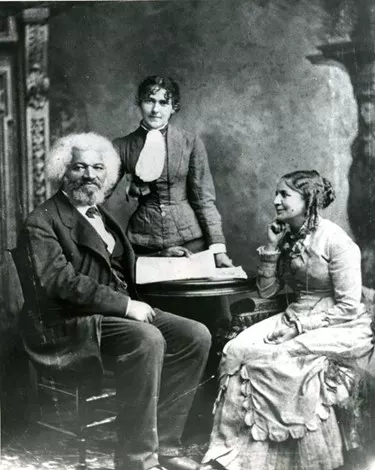Ratification of the 19th Amendment
The United States Constitution’s 19th Amendment, which gave women the right to vote, was ratified in 1920, marking an important turning point in American history. According to the amendment, “The right of citizens of the United States to vote shall not be denied or abridged by the United States or by any State on account of sex.”

The road to achieving women’s suffrage was a difficult and protracted one. Starting in the middle of the 19th century, the goal of the suffrage movement was to give women political equality and address the systemic deprivation of voting rights they endured. For decades, supporters of women’s suffrage, like Elizabeth Cady Stanton and Susan B. Anthony, organized and campaigned tenaciously, using a variety of strategies and tactics to advance their cause.

The Seneca Falls Convention of 1848, a crucial occasion in the struggle for gender equality, marked the beginning of the women’s suffrage movement. This gathering, which was planned by Elizabeth Cady Stanton and Lucretia Mott, was a significant step in the promotion of women’s rights. The attendees, who included both men and women, talked about topics like education, property rights, and suffrage. The importance of women’s equality and the right to vote was emphasized in Stanton’s “Declaration of Sentiments,” which was modeled after the Declaration of Independence. Frederick Douglass, a prominent abolitionist and suffrage advocate, supported the convention’s goals. His speech advocating for women’s suffrage showed how racial and gender equality are intertwined. Seneca Falls and Douglass’ contributions laid the groundwork for the ongoing fight for women’s rights in the United States, even though the movement took decades to fully realize.
Early in the 20th century, suffragettes used nonviolent protests, open rallies, and acts of civil disobedience to bring attention to their demands. Though they encountered opposition and resistance from a variety of societal groups, their tenacity ultimately resulted in advancement.
When the 19th Amendment was first proposed to Congress in 1878, it was met with stiff opposition and fell short of the required votes for ratification. As the suffrage movement gained strength and more states began to recognize the right of women to vote, the demand for a constitutional amendment grew.
The turning point was when women’s contributions to the war effort during World War I highlighted their abilities and questioned conventional gender roles. The suffrage movement took advantage of this opportunity to emphasize how much women deserved the right to vote as citizens and contributors to society.
The amendment finally received the required two-thirds majority of support in the Senate and the House of Representatives in 1919. The states were then asked to ratify the proposed amendment. On August 18, 1920, Tennessee ratified the amendment, making it the 36th state to do so and achieving the necessary three-fourths majority for it to be incorporated into the Constitution.
A turning point in American democracy was the 19th Amendment’s ratification. It recognized that women, like men, had the right to participate in determining the governance of the nation through their vote and enshrined the principle of gender equality in the electoral process. The fight for women’s rights has continued, but it was a major victory for the women’s suffrage movement.
Beyond suffrage, the ratification of the amendment had broad ramifications. It opened the door for more women to get involved in politics and hold elected office. Women’s suffrage gave them the ability to fight for their rights and shape laws that directly impacted their daily lives. It supported the promotion of the acceptance of women as full and equal citizens by challenging societal norms and expectations.
The 19th Amendment’s legacy continues to motivate initiatives to achieve gender equality in a number of contexts, such as politics, education, and the workplace. It serves as a reminder of the value of inclusion and the ongoing efforts required to guarantee that everyone, regardless of gender, has equal rights and opportunities in society.
Learn more from descendants of Suffrage supporters Elizabeth Cady Stanton and Frederick Douglass via the O’Connor Institute Constitution Series webcast here.

